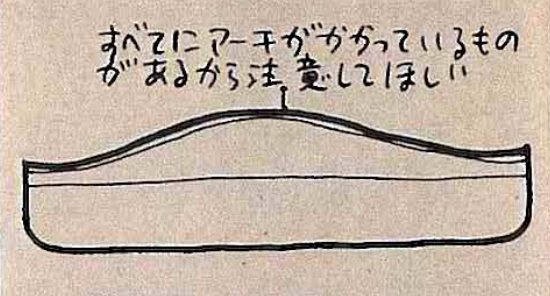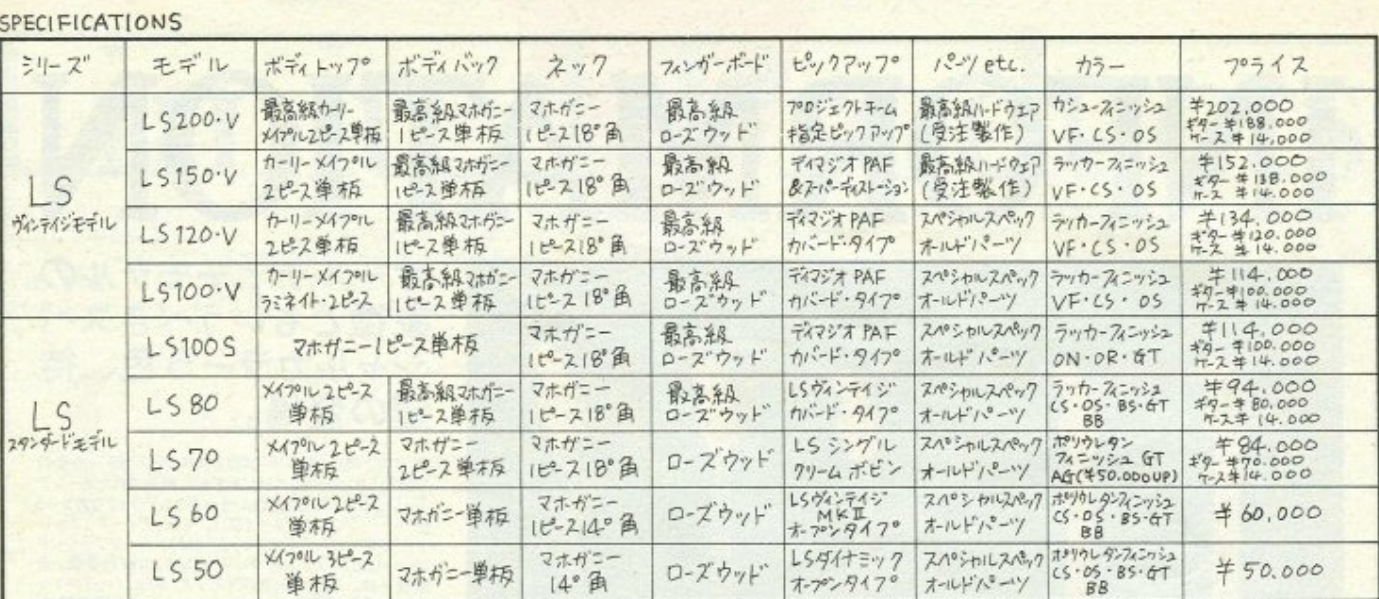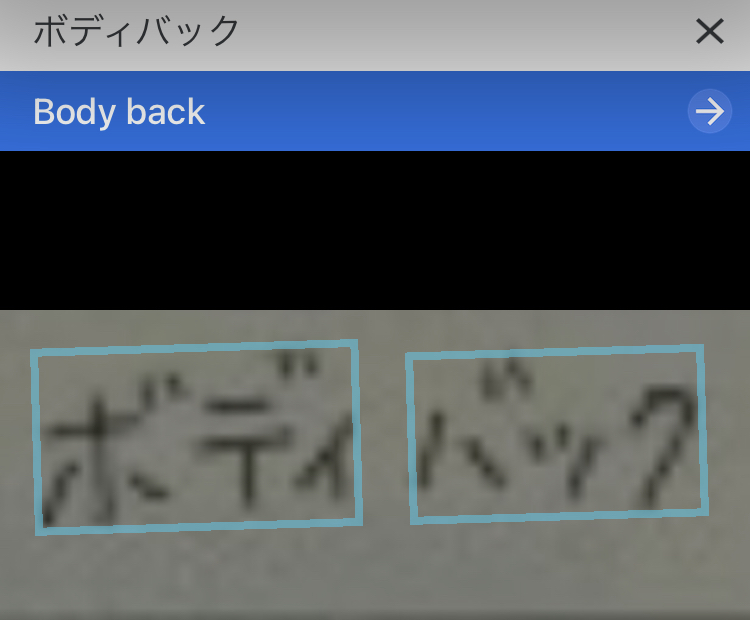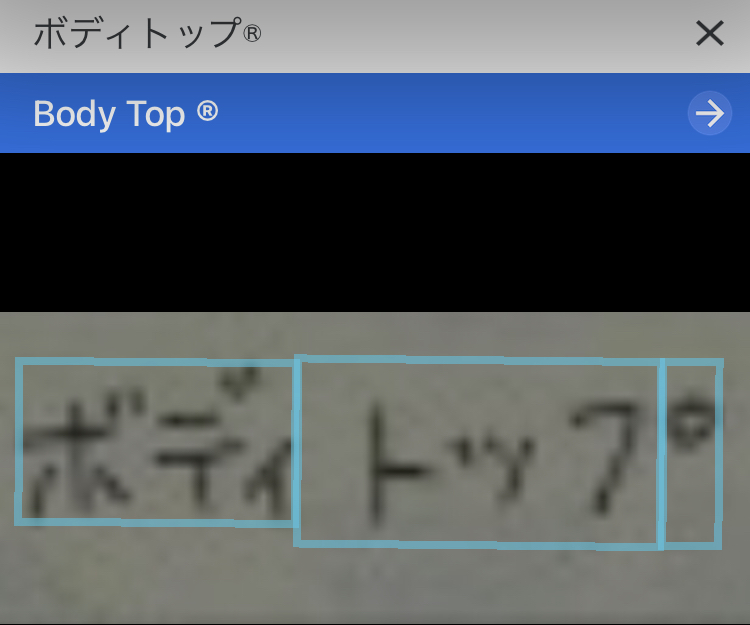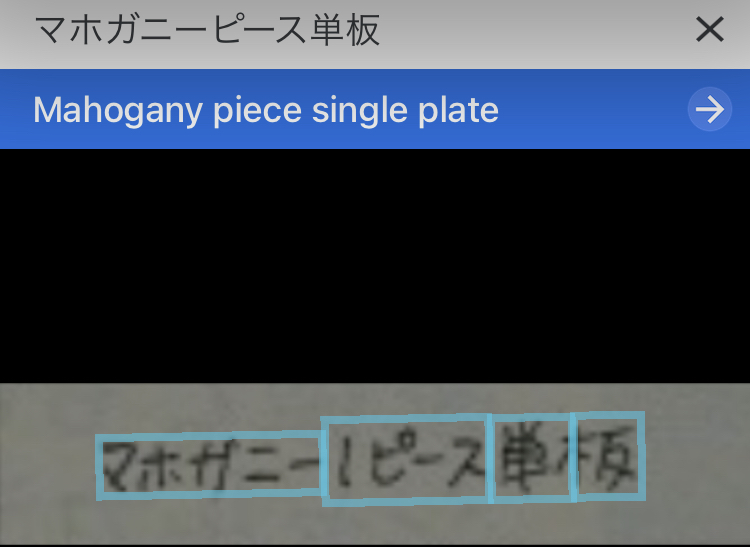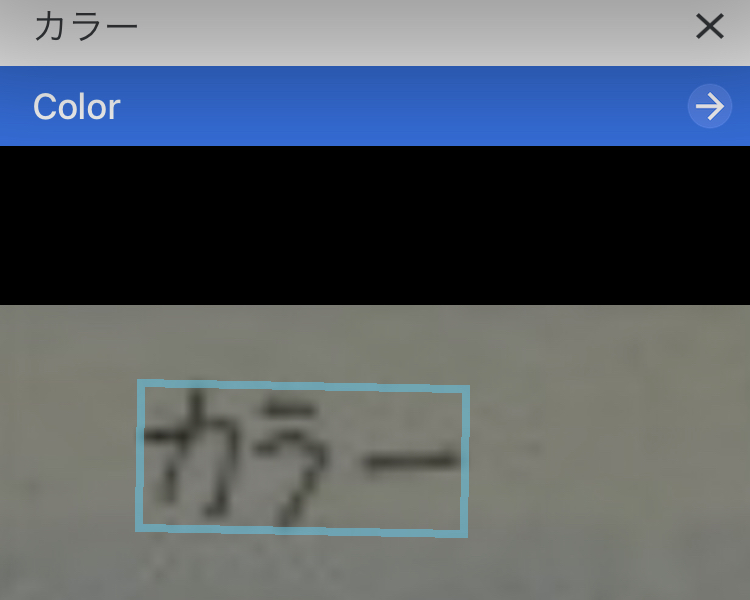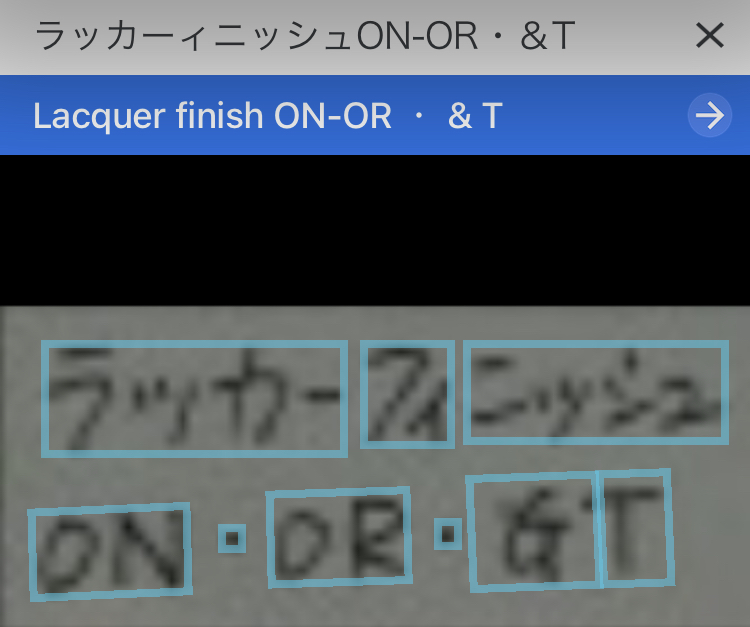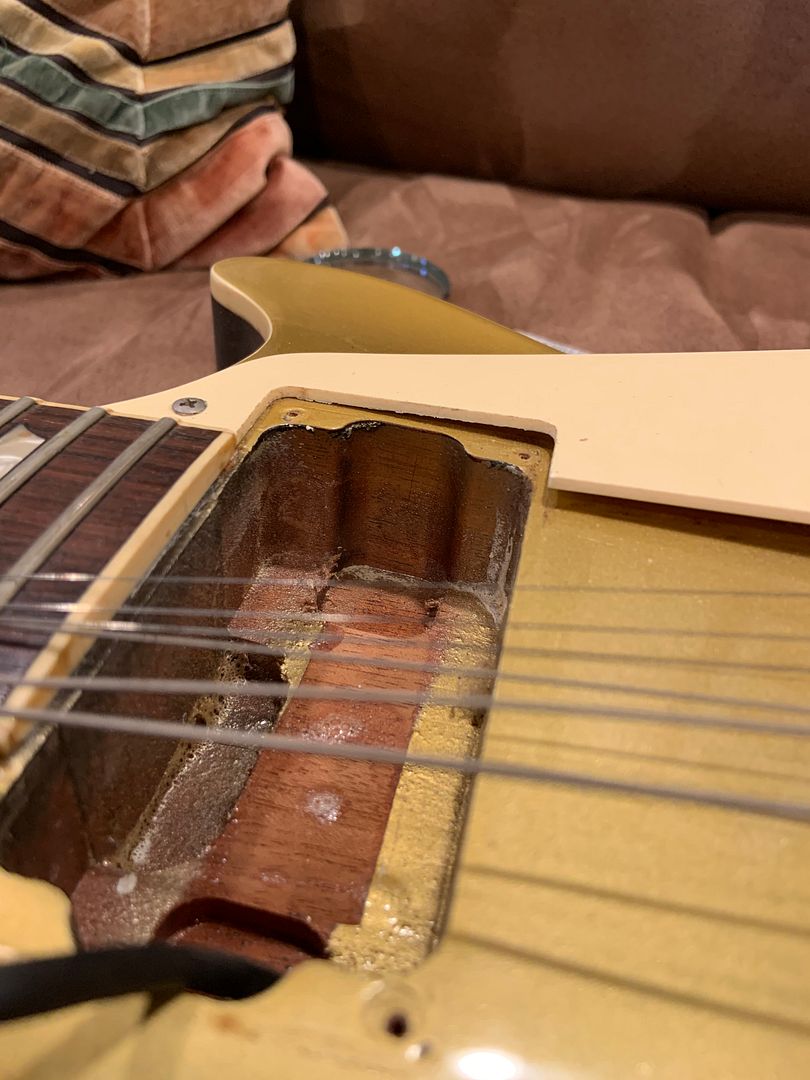Sigmania said:
Anyway, we put that one to bed. Now my question is whether not having the center seam in the top accounts for how well this guitar sustains notes, or is that just the mahogany cap, or the individual pieces of wood in my guitar? I don't know. I wish I had all of the different options in hand to do side by side comparisons.

IMO you could have 100 examples of the exact same model of guitar, all made from the exact same species of lumber, constructed in the exact same manner, and they would all sound different, even if to some minute degree.
Some examples would have a very discernible sonic difference. An oscilloscope could verify this, and a very few instrument makers actually utilize the use of oscilloscope, though these are typically not electric instruments.
Let's look at the potential for variables within components, in the modern electric guitar: Natural components & man made components.
Man made components have a much greater potential to be consistent, thus offering more potential for consistency in sonic response.
Natural components (lumber being the main natural component) have a much greater potential to vary, thus offering more potential for inconsistency in sonic response. Lumber is a natural product, with particular variables within species, and then throw in the fact that lumber can be flat sawn, rift sawn, quarter sawn, etc.
Your example sounds the way it sounds because every guitar is unique within the context of the physics of the lumber.
There are many within the electric guitar community that believe every guitar could sound the same because of 'pickups' & electronics. :roll: :lol:




